dave111
Plastic
- Joined
- Nov 30, 2007
- Location
- Waterloo, ON, Canada
Follow along with the video below to see how to install our site as a web app on your home screen.
Note: This feature may not be available in some browsers.
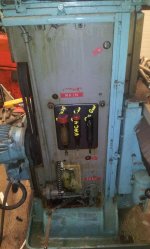






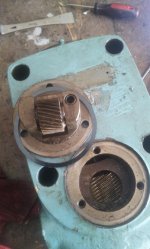
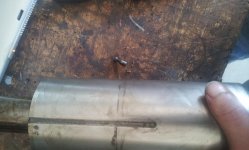
I can't really tell just yet how the ways are - Y axis slides very well. X and Z are a bit stiff. Someone covered the exposed ways with grease for protection I'm assuming. One of my main goals with disassembling this machine was to clean the oil passages, I pumped the way lube pump a couple times but didn't notice any difference in sliding so I think it needs a good cleaning.
If your machine has a lube pump then probably all is fine, that ensures that oil rather than grease goes to the slideways.
The backing/bearing plates are steel, and bear against cast-iron ways. The curious thing is that almost all of the wear takes place in the harder (steel) plates, because the cast-iron part acts like a lap to wear away the harder material. So this is not conclusive but very indicative
Cheers,
Bruce


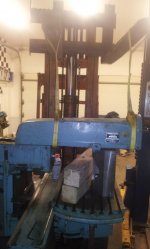
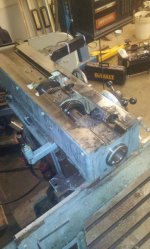
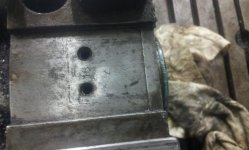
Ross
I have taken apart some Deckel FP3`s And on at least the older ones,before 1979, I have never seen any turcite on them
Dan
The wierd thing is those dubble angle headed Deckels bring €2000,- less as one with a straight head
They are more noisy in general and also the spindles are not in the middle of the X-axe movement
The most wanted FP3 has a fixed table and a straight head
Peter from holland
The same pull-out style as my 69 FP2. I would think twice about moving the spring. The wheels spin faster than one expects under power feed and those springs stop them from impacting you. I find them a really nice feature and I expect you will when you tram your vise. Leaning to see a DTI or lifting the knee whilst under rapids (or even feed) could cost you your left nut without that spring.Ross - the handwheels are the pull out to engage style....I will be removing those pesky springs in the handwheels.
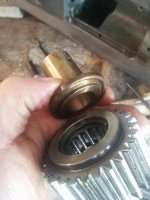

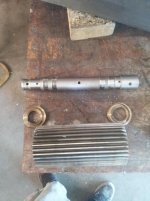





Notice
This website or its third-party tools process personal data (e.g. browsing data or IP addresses) and use cookies or other identifiers, which are necessary for its functioning and required to achieve the purposes illustrated in the cookie policy. To learn more, please refer to the cookie policy. In case of sale of your personal information, you may opt out by sending us an email via our Contact Us page. To find out more about the categories of personal information collected and the purposes for which such information will be used, please refer to our privacy policy. You accept the use of cookies or other identifiers by closing or dismissing this notice, by scrolling this page, by clicking a link or button or by continuing to browse otherwise.
